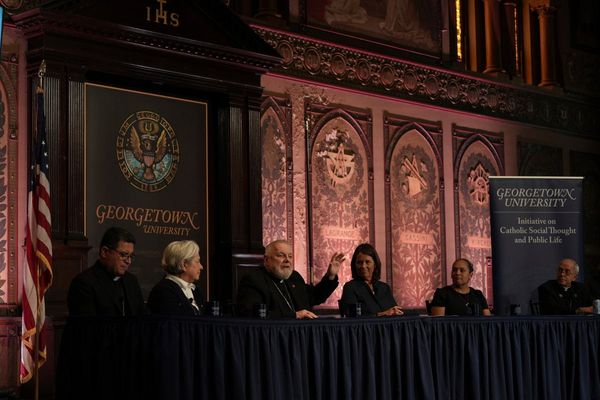
A pair of University of California - Los Angeles (UCLA) bioengineers have developed a new class of bionic 3D camera systems that can mimic flies' multiview vision and bats' natural sonar sensing, resulting in multidimensional imaging with extraordinary depth range.
The camera can decipher the size and shape of objects hidden around corners or behind other items. The technology could be incorporated into autonomous vehicles or medical imaging tools with sensing capabilities far beyond what is considered state of the art today. This research has been published in the journal Nature Communications.
In the dark, bats can visualize a vibrant picture of their surroundings by using a form of echolocation, or sonar. Their high-frequency squeaks bounce off their surroundings and are picked back up by their ears. The minuscule differences in how long it takes for the echo to reach the nocturnal animals and the intensity of the sound tell them in real time where things are, what's in the way and the proximity of potential prey.
Many insects have geometric-shaped compound eyes, in which each "eye" is composed of hundreds to tens of thousands of individual units for sight -- making it possible to see the same thing from multiple lines of sight. For example, flies' bulbous compound eyes give them a near-360-degree view even though their eyes have a fixed focus length, making it difficult for them to see anything far away, such as a flyswatter held aloft.
Inspired by these two natural phenomena found in flies and bats, the UCLA-led team set out to design a high-performance 3D camera system with advanced capabilities that leverage these advantages but also address nature's shortcomings.
"Seeing across a range of distances and around occlusions has been a major hurdle. To address that, we developed a novel computational imaging framework, which for the first time enables the acquisition of a wide and deep panoramic view with simple optics and a small array of sensors,” said study leader Liang Gao, an associate professor of bioengineering at the UCLA Samueli School of Engineering.
Called "Compact Light-field Photography," or CLIP, the framework allows the camera system to "see" with an extended depth range and around objects. In experiments, the researchers demonstrated that their system can "see" hidden objects that are not spotted by conventional 3D cameras.







